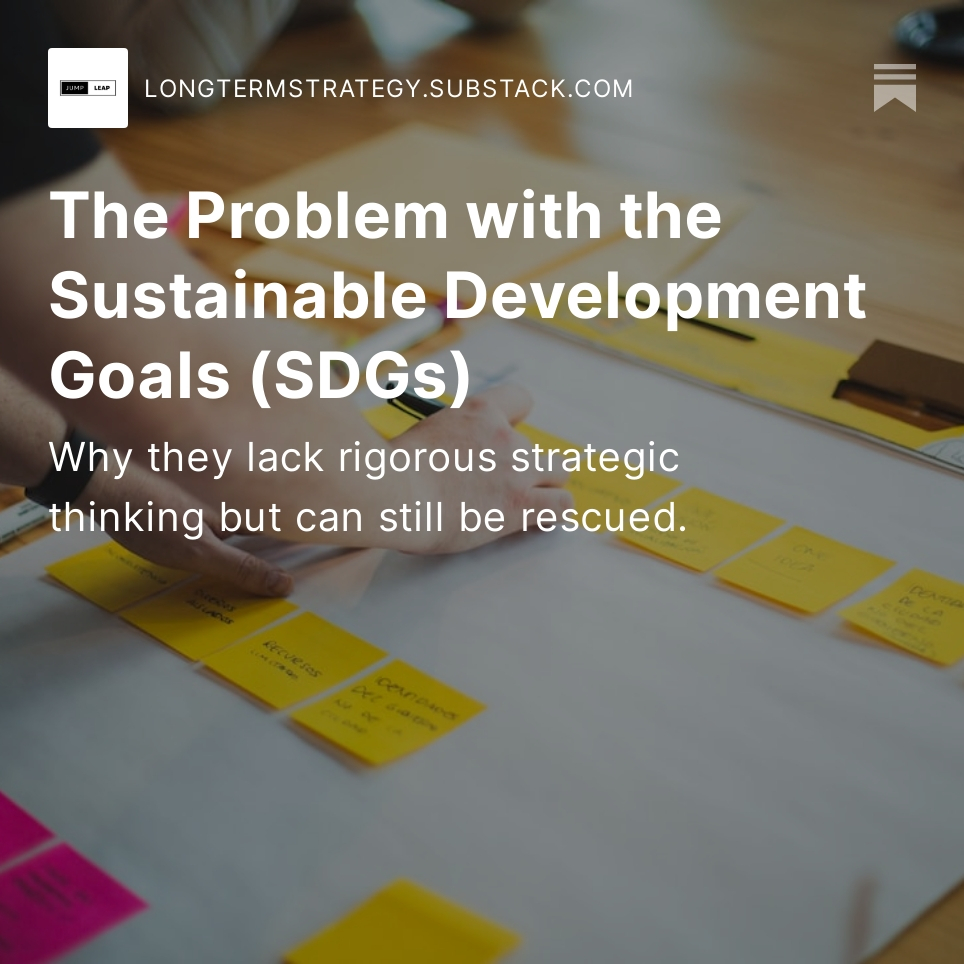Why they lack rigorous strategic thinking but can still be rescued.
You are someone who is aware of the 17 Sustainable Development Goals (SDGs) announced in 2015 by the United Nations. Their value is not in question – they are objectives the entire world hopes to realize.
But recently, Secretary General Antonio Guterres declared that the SDGs are on the path to failure.
Launching a special edition of the Sustainable Development Goals (SDGs) progress report, he warned that their collective promise made in 2015 of a more green, just and equitable global future, is in peril.
“Unless we act now, the 2030 Agenda will become an epitaph for a world that might have been,” he said.
Like others, he offered a number of prescriptions. However, they aren’t likely to move the needle on disappointment looming on December 31st, 2030, the date on which they are supposed to be achieved.
Those of us who know about long-term strategic planning are horrified by the lack of progress, similar to everyone else. But for us, there’s more. This failure was inevitable due to fatal design flaws. By violating the fundamental principles of our narrow discipline, the UN cannot avoid the unfortunate situation it finds itself in.
Despite the tireless work by thousands of well-meaning people, a slow-moving disaster is taking place in real time.
However, with six years to go between 2023 and 2030, there is a vanishing opportunity to declare victory at the end of the decade. How? Continue reading to understand why a “hard reset” could save the world from disillusionment.
Click here to read the rest of this complimentary issue of the JumpLeap newsletter.

